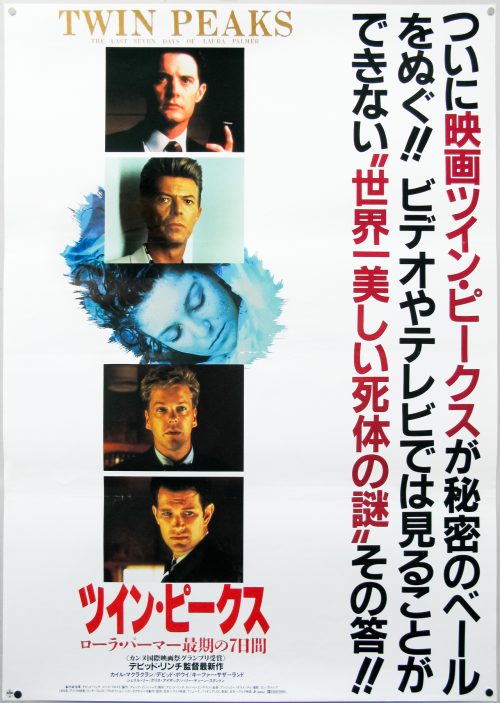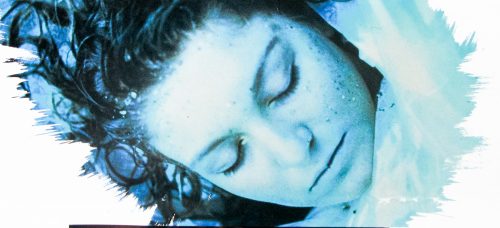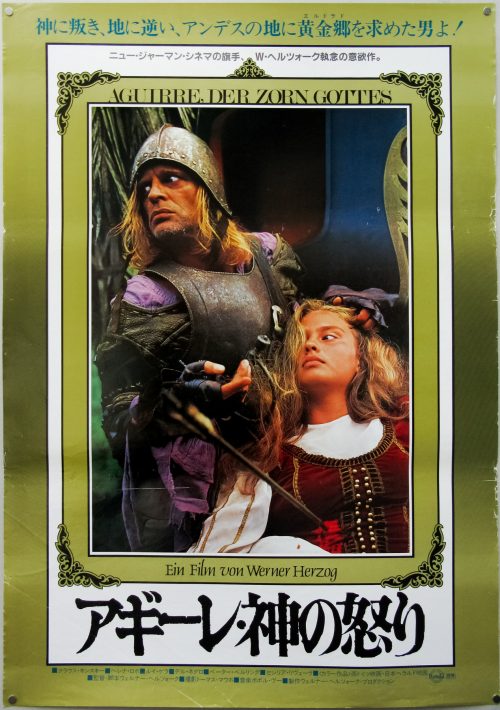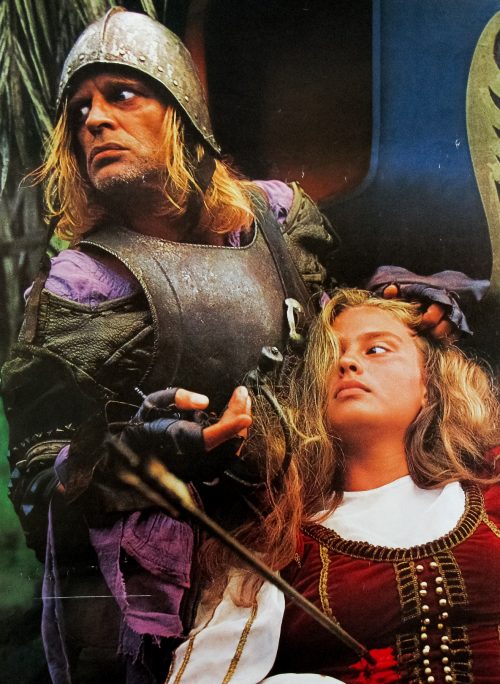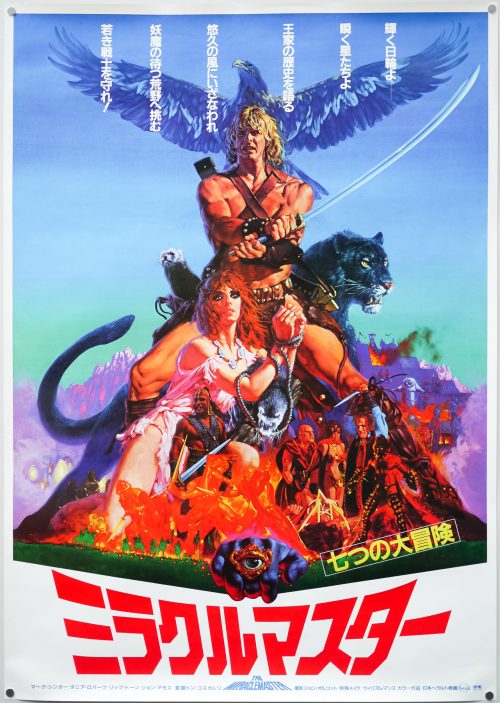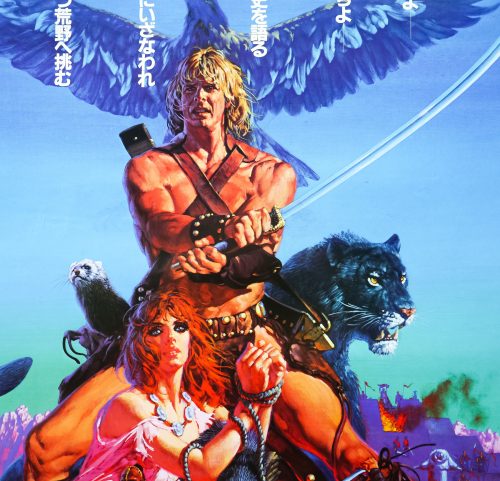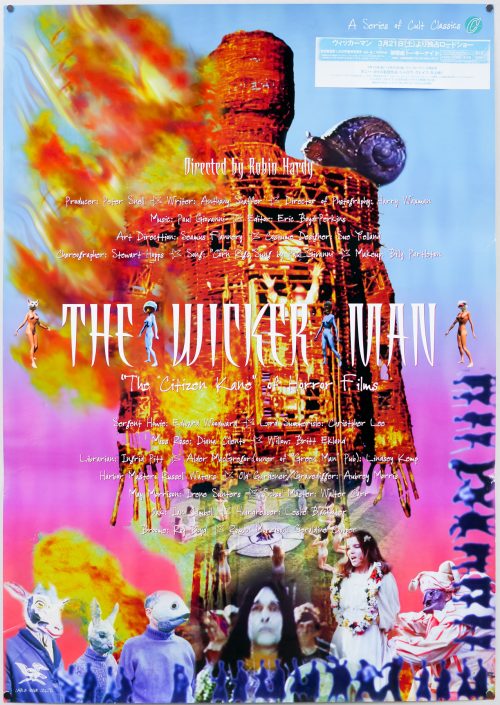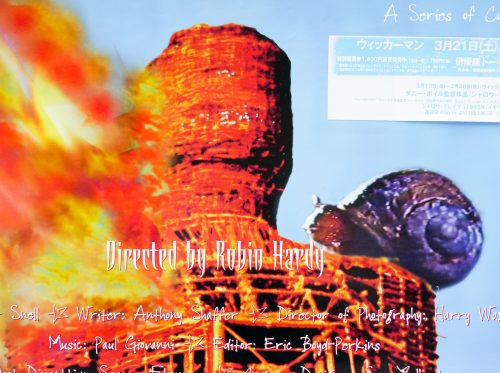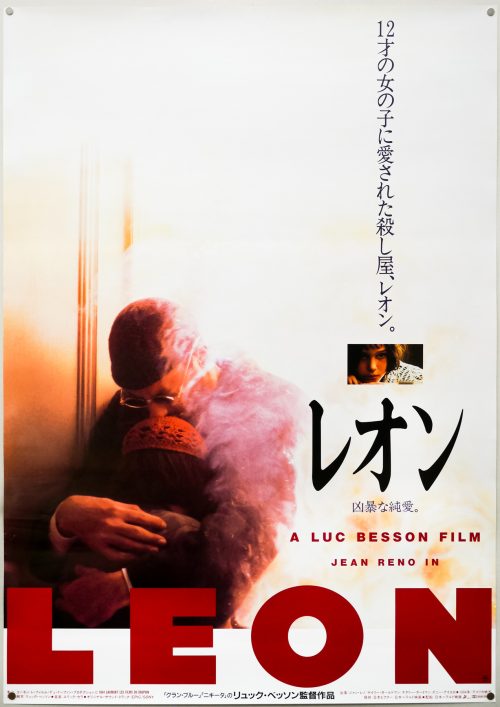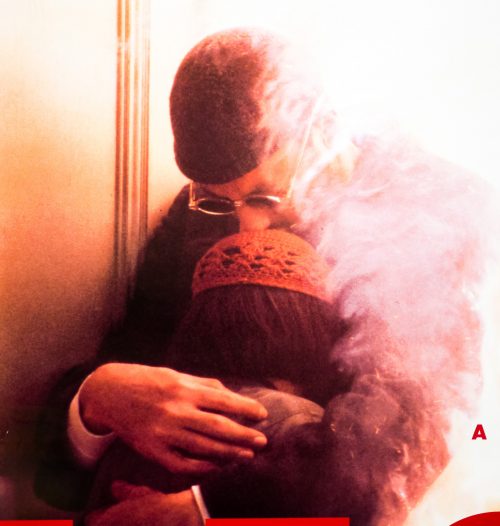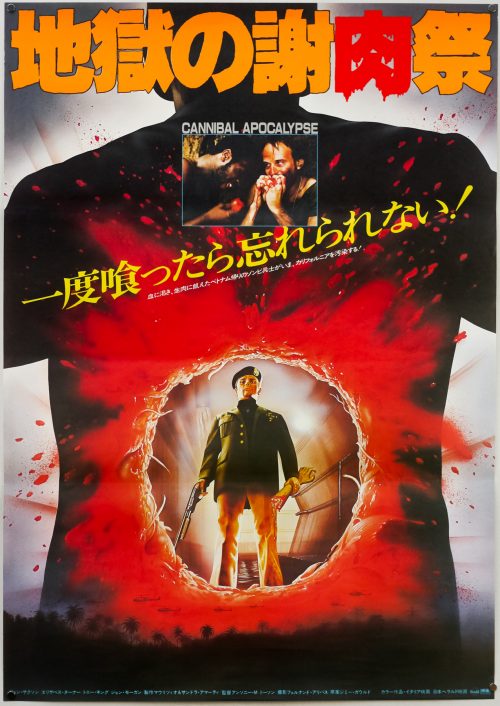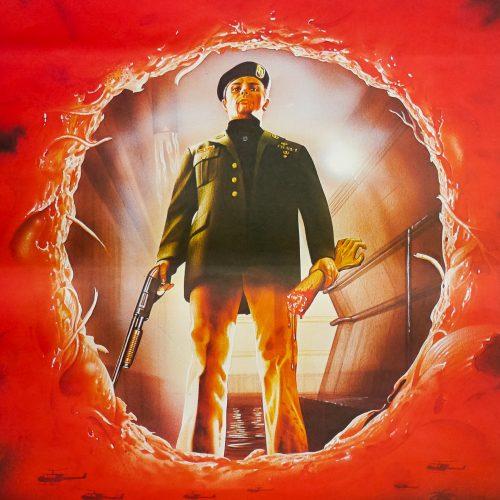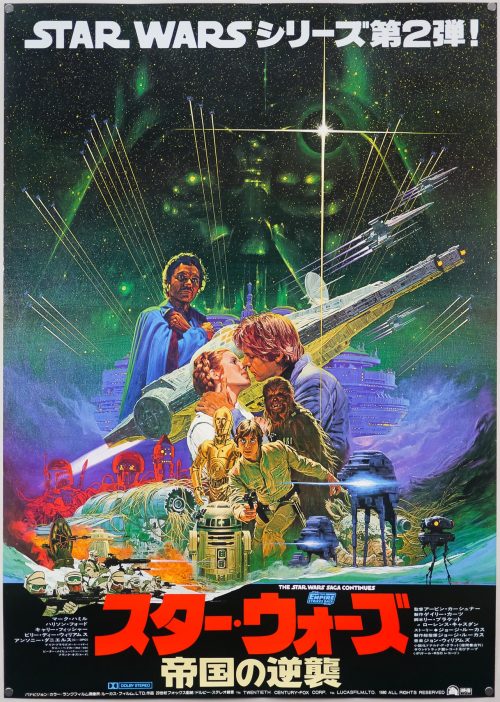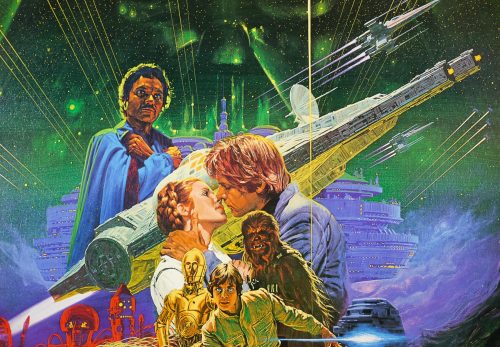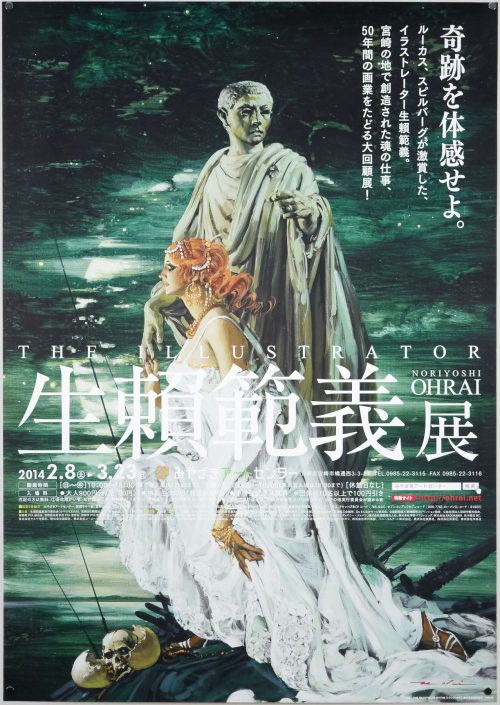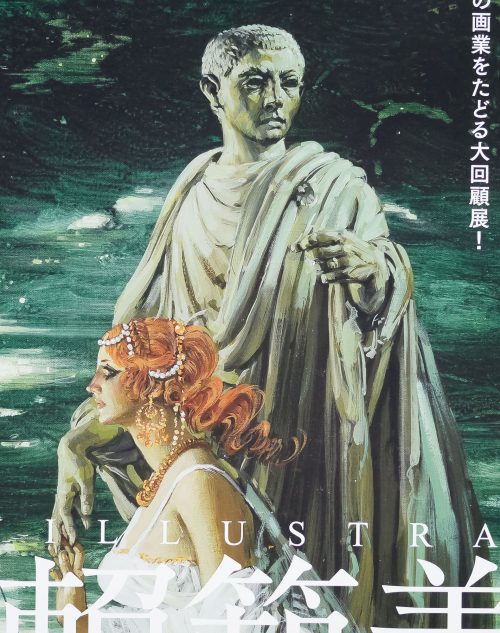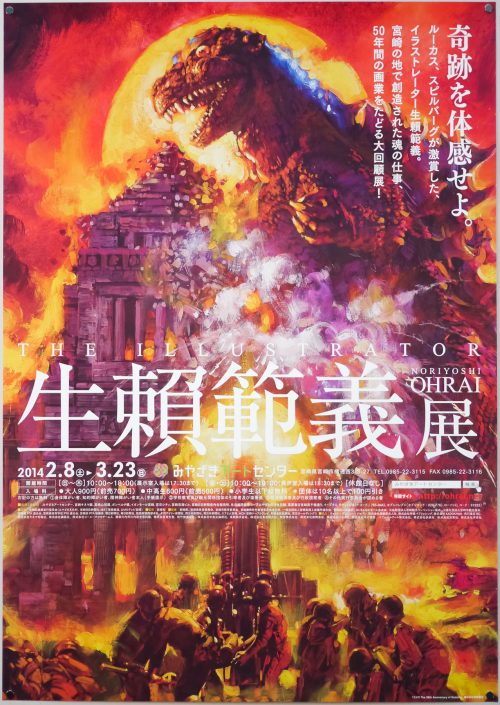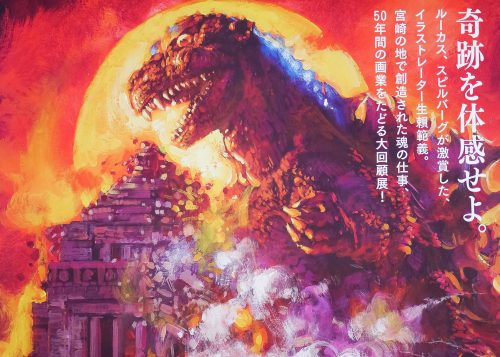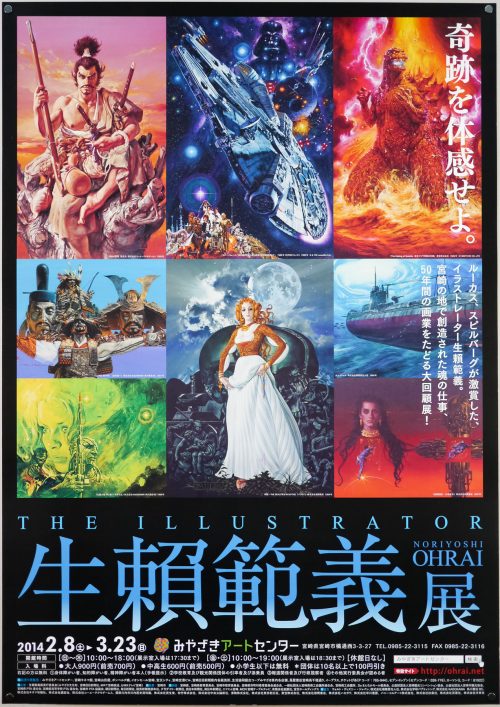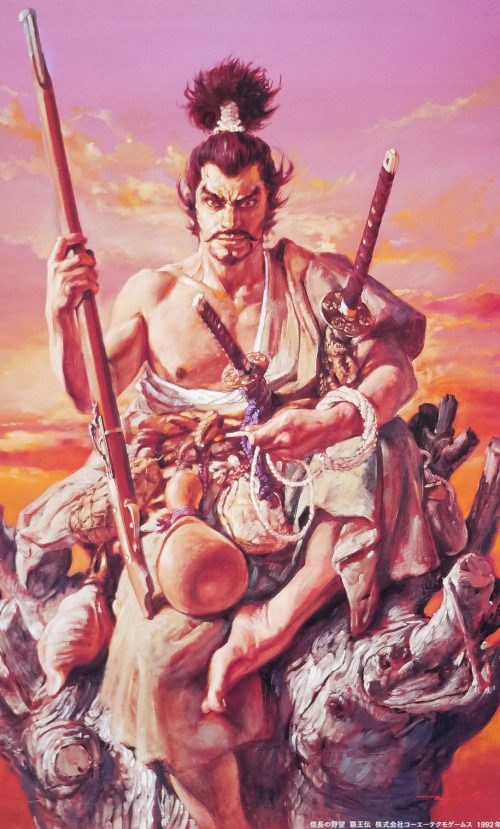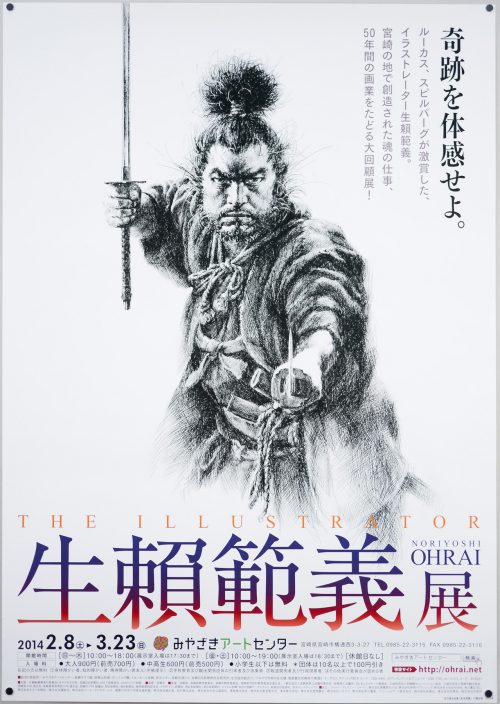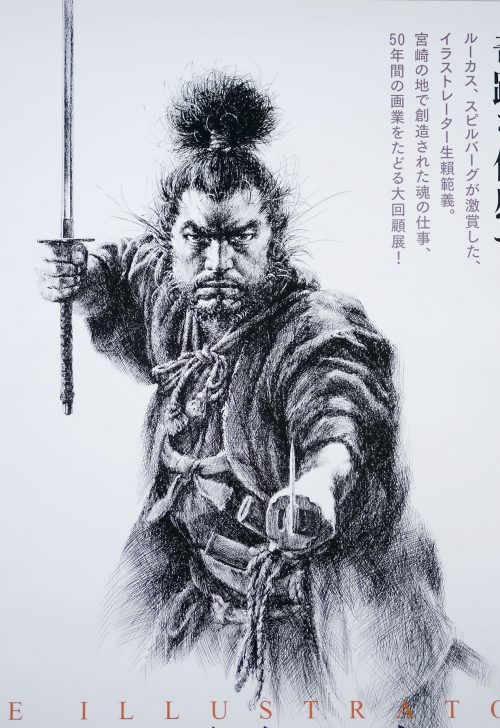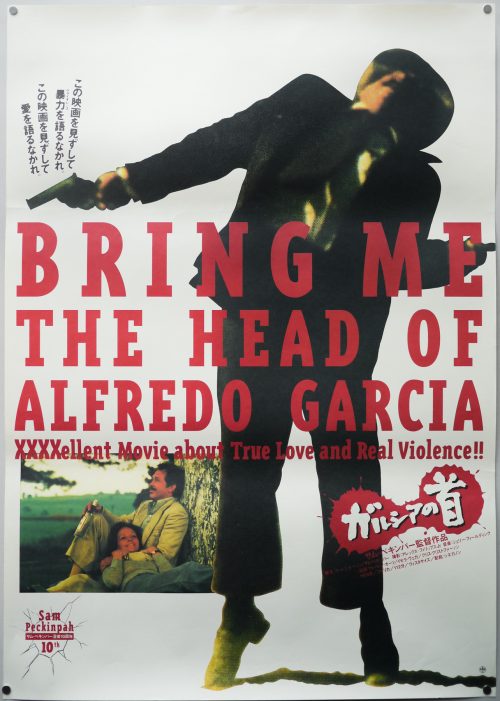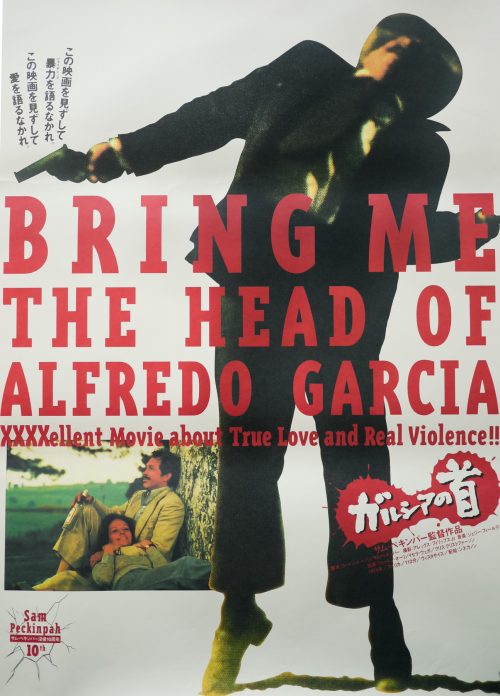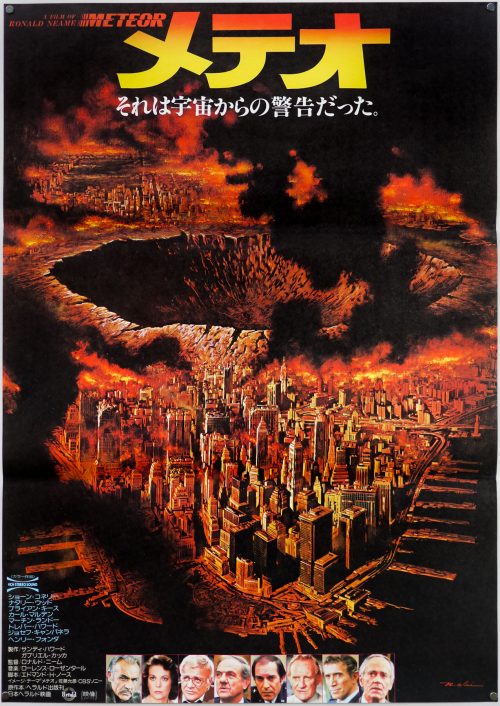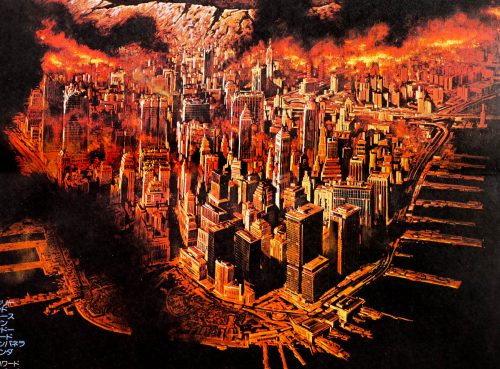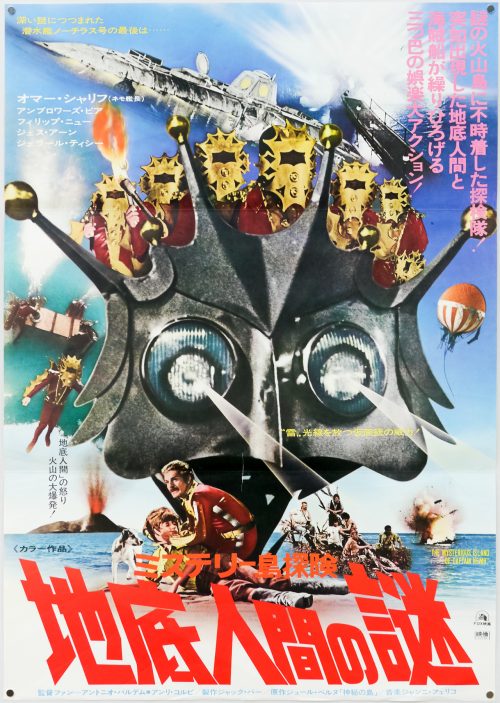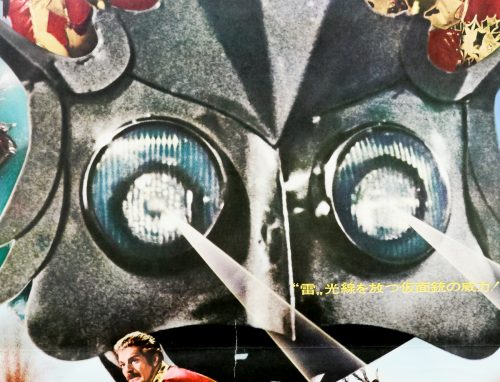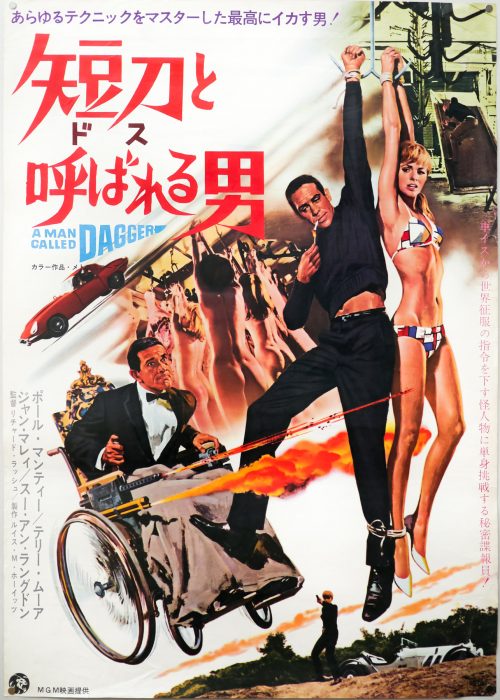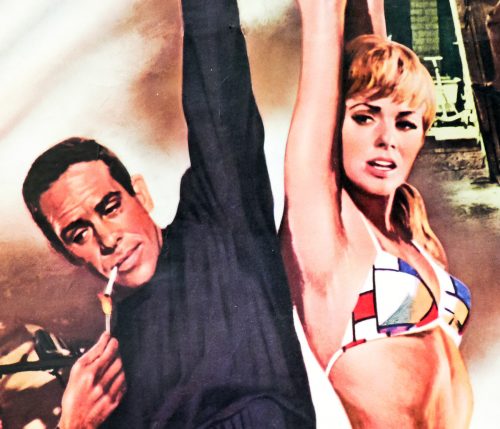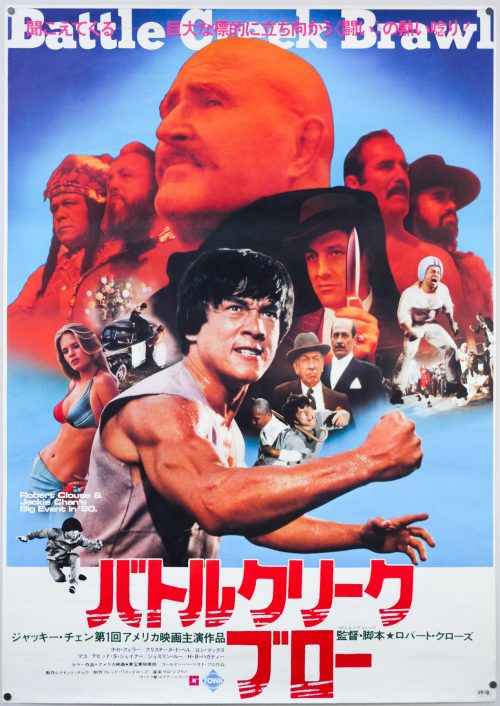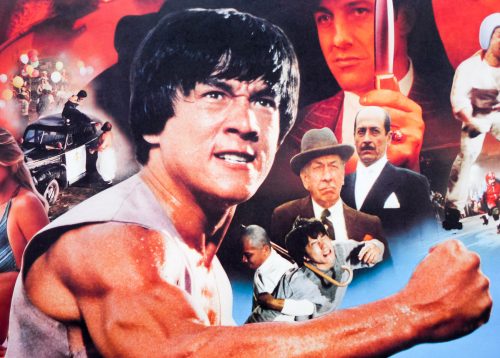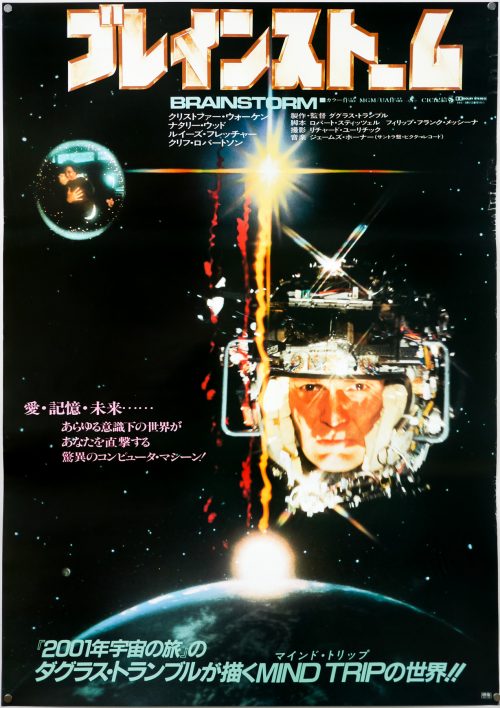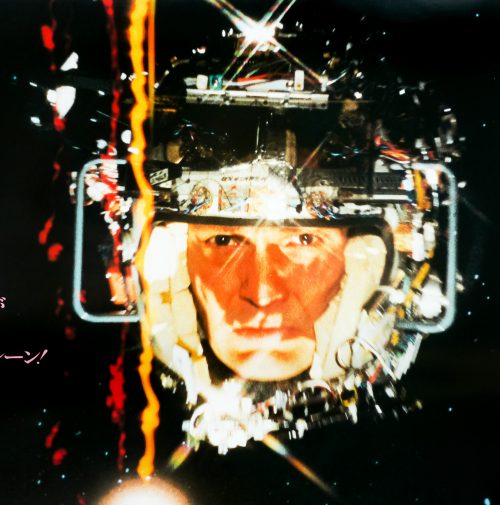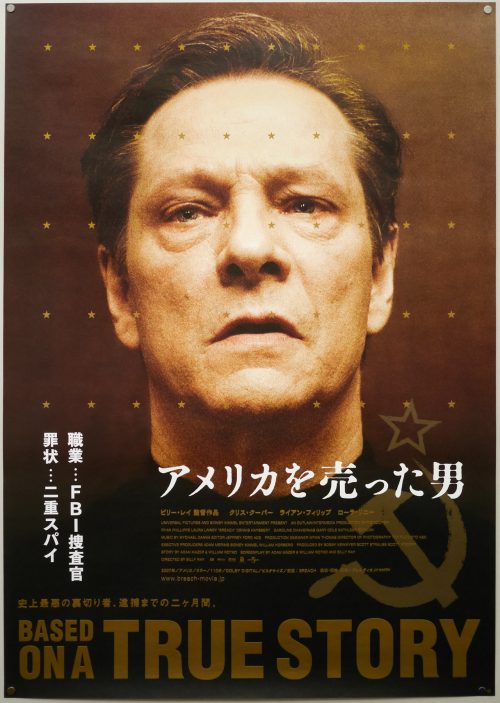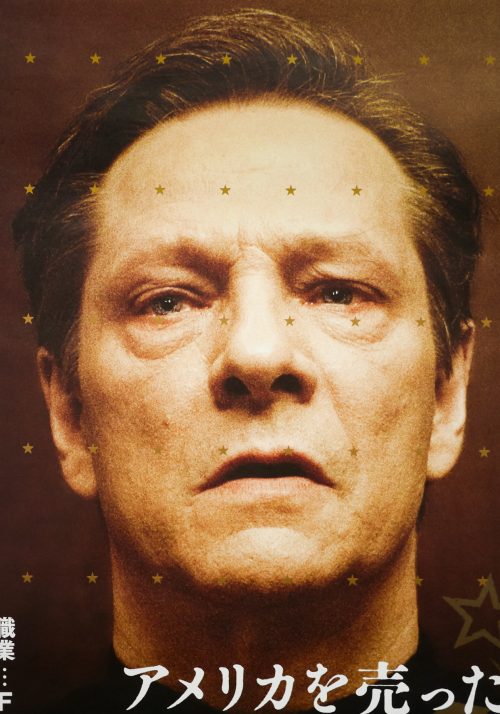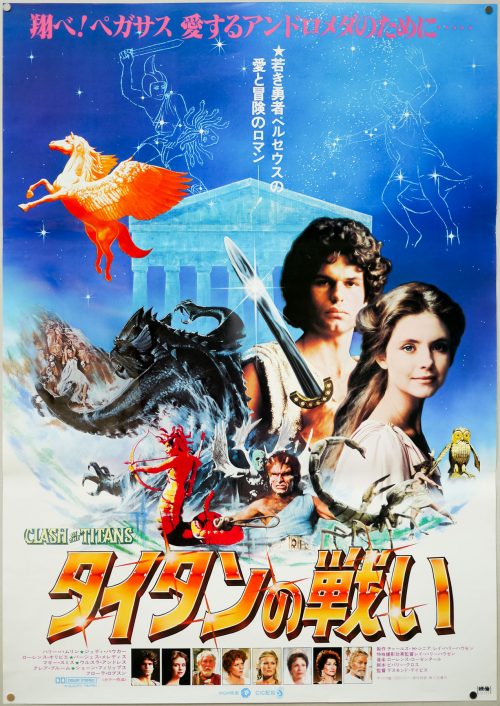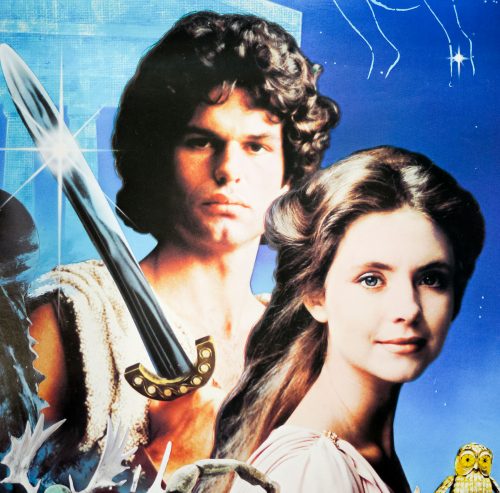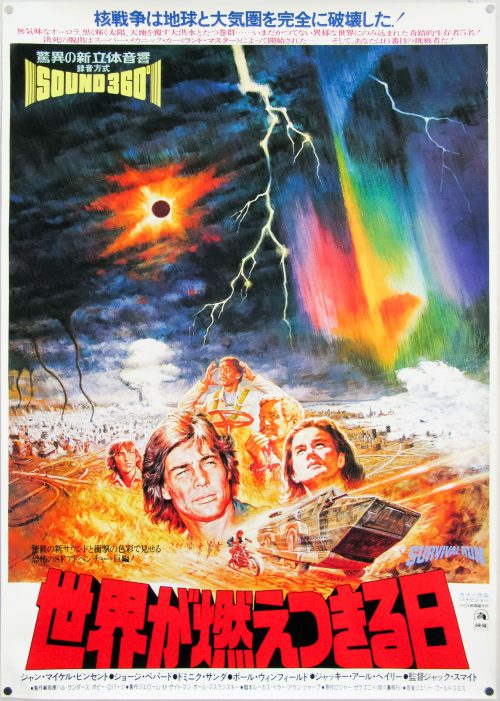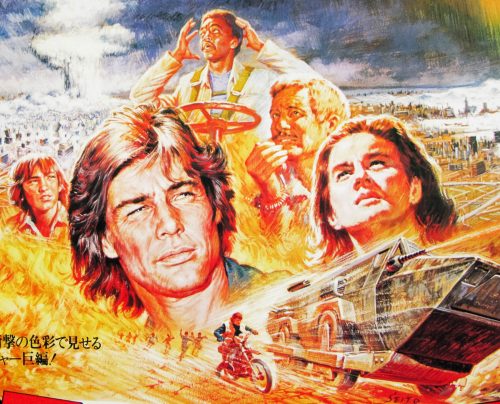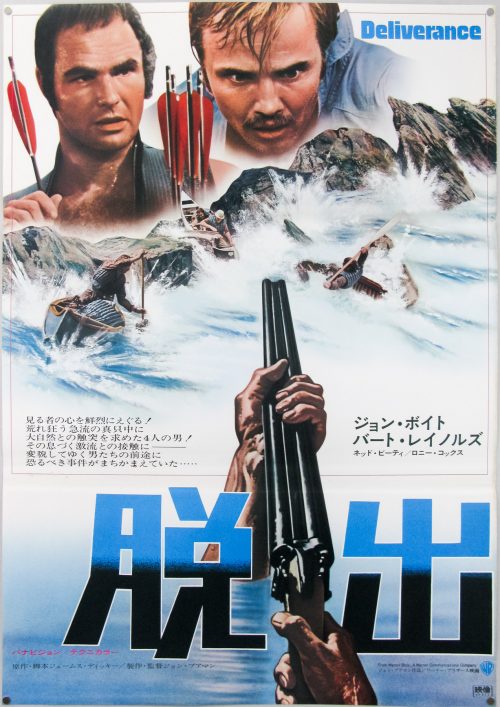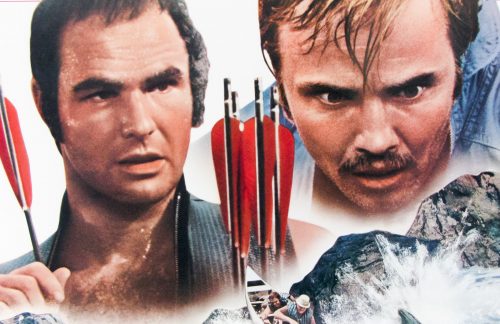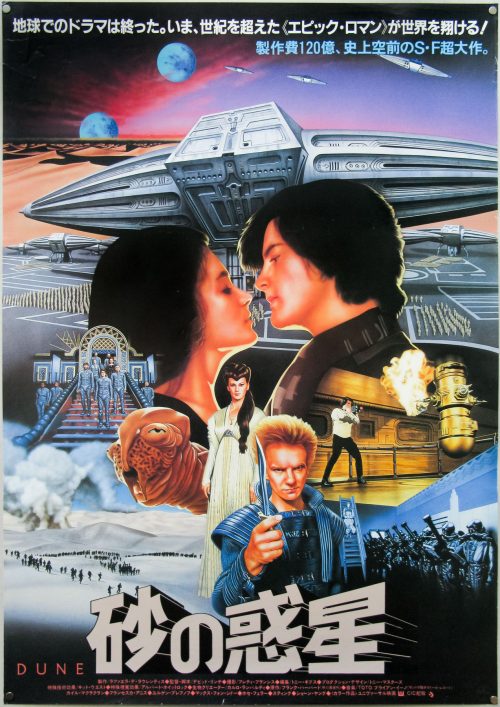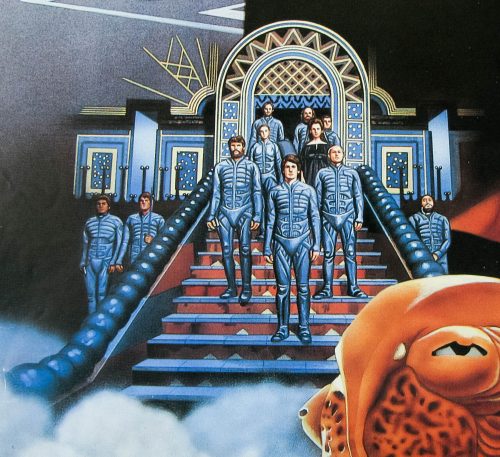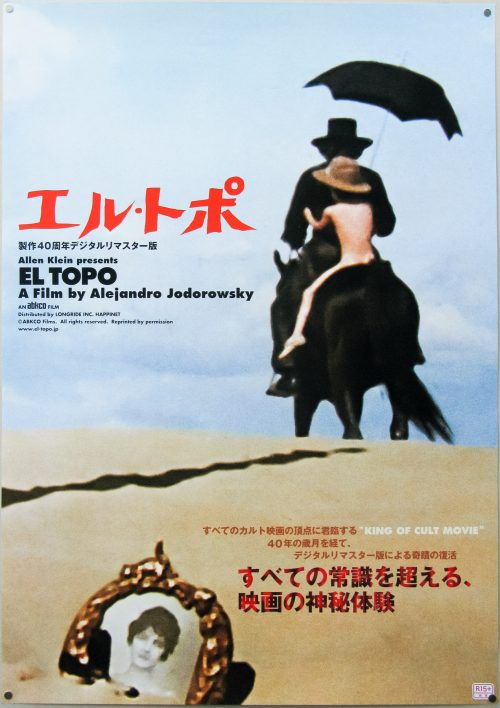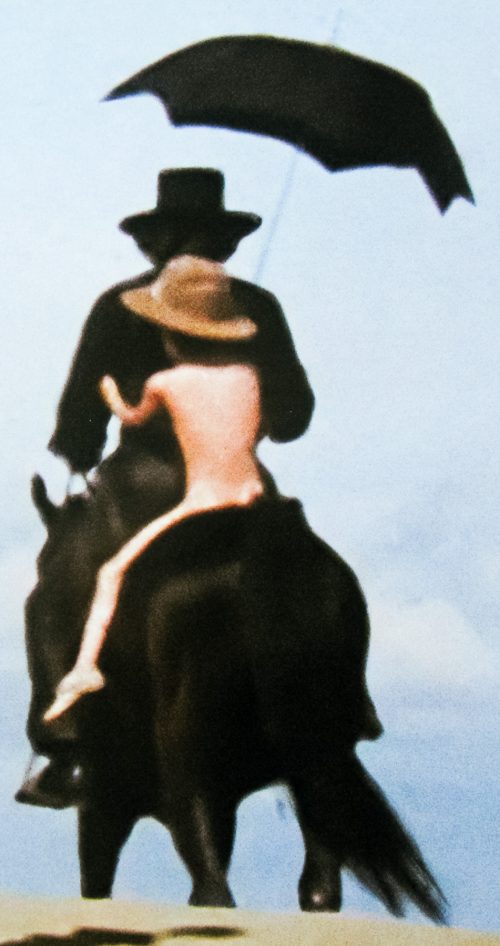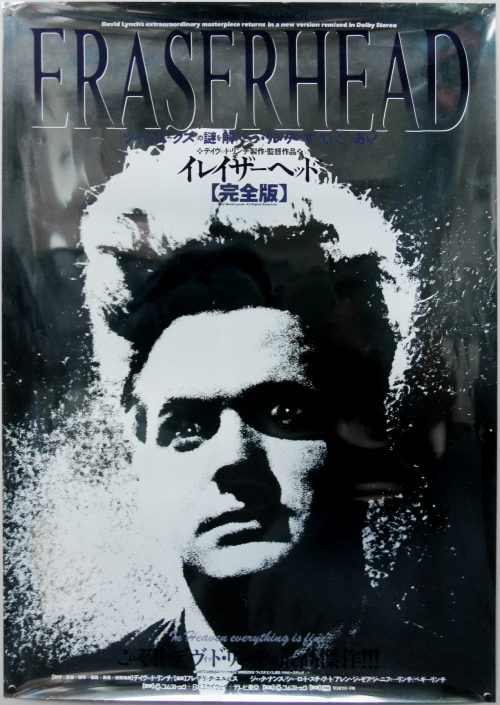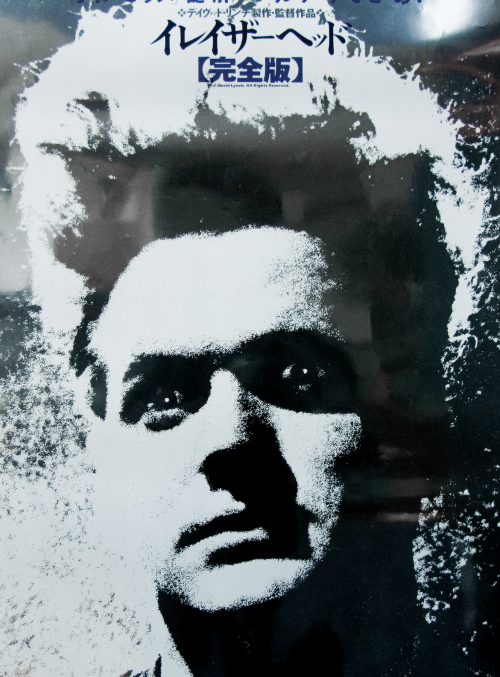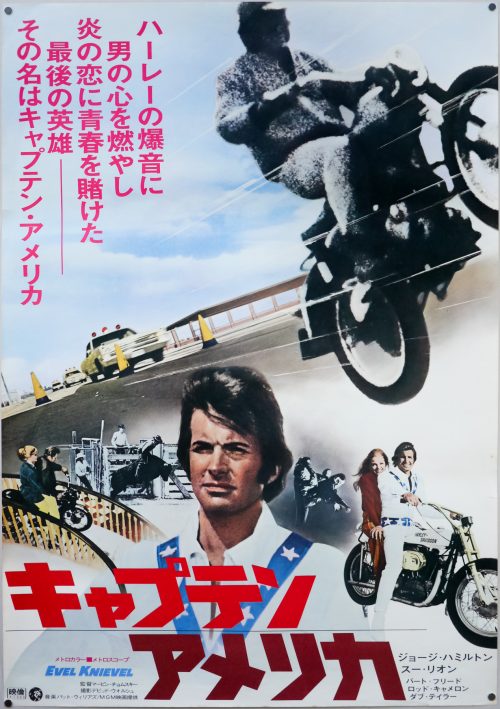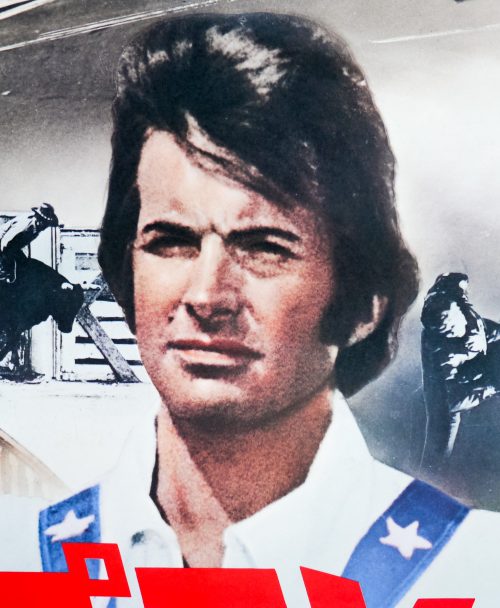- AKA
- --
- Year of Film
- 1992
- Director
- David Lynch
- Starring
- Sheryl Lee, Moira Kelly, David Bowie, Chris Isaak, Harry Dean Stanton, Ray Wise, Kyle MacLachlan, Heather Graham
- Origin of Film
- France | USA
- Genre(s) of Film
- Sheryl Lee, Moira Kelly, David Bowie, Chris Isaak, Harry Dean Stanton, Ray Wise, Kyle MacLachlan, Heather Graham,
- Type of Poster
- B2
- Style of Poster
- White
- Origin of Poster
- Japan
- Year of Poster
- 1992
- Designer
- Unknown
- Artist
- --
- Size (inches)
- 20 6/16" x 28 13/16"
- SS or DS
- SS
- Tagline
- --
Despite the phenomenal ratings success that David Lynch and Mark Frost‘s Twin Peaks TV series had enjoyed during its first season, the viewing figures dropped sharply in the middle of the second and the show was put on hiatus by ABC. After a letter-writing campaign by fans, dubbed COOP (Citizens Opposed to the Offing of Peaks), the studio relented and agreed to show the remaining six episodes. The biggest problem the show faced was that halfway through the second series the killer of Laura Palmer had been revealed, which had been the main storyline focus up until that point, and the following episodes failed to hold viewer interest as much.
When ABC revealed they were not planning to make a third series the show’s cancellation was confirmed. Only a month after this happened, Lynch announced that he was planning to make a Twin Peaks film in conjunction with French company CIBY-2000, which ended up being both a prequel and an epilogue to the original show. Working without Mark Frost, Lynch was able to assemble most of the original cast, with the exception of Lara Flynn Boyle, Sherilyn Fenn and Richard Beymer. Kyle MacLachlan had been reluctant to return as FBI Agent Dale Cooper and is only featured briefly in the film, which lead Lynch and his co-screenwriter to change the focus of the film, with another murder case and the life of Laura Palmer being key facets of the plot.
Chris Isaak plays FBI Agent Chester Desmond who, along with his new partner Sam Stanley (Kiefer Sutherland), are sent to investigate the murder of Teresa Banks in the town of Deer Meadow. After finding an important clue, Desmond mysteriously disappears and the film then cuts to one year later in the town of Twin Peaks, picking up the story of homecoming queen Laura Palmer whose eventual murder has a direct link to that of Teresa Banks.
Despite the cult following of the TV series, the film was both a critical and commercial flop and was greeted with boos and jeers at the Cannes Film Festival, with Quentin Tarantino confessing “After I saw Twin Peaks: Fire Walk with Me at Cannes, David Lynch had disappeared so far up his own ass that I have no desire to see another David Lynch movie until I hear something different. And you know, I loved him. I loved him.” It also saw poor box-office takings in the USA after the ratings drop of the second series and the unforgiving plot for people unfamiliar with the Twin Peaks universe.
However, the film was a commercial success in Japan where David Lynch and Twin Peaks are held in very high regard, and where this B2 poster hails from. It features head-shots of the principal cast members, including David Bowie who actually only appears in a short cameo role as an FBI agent.
The original trailer is on YouTube.
